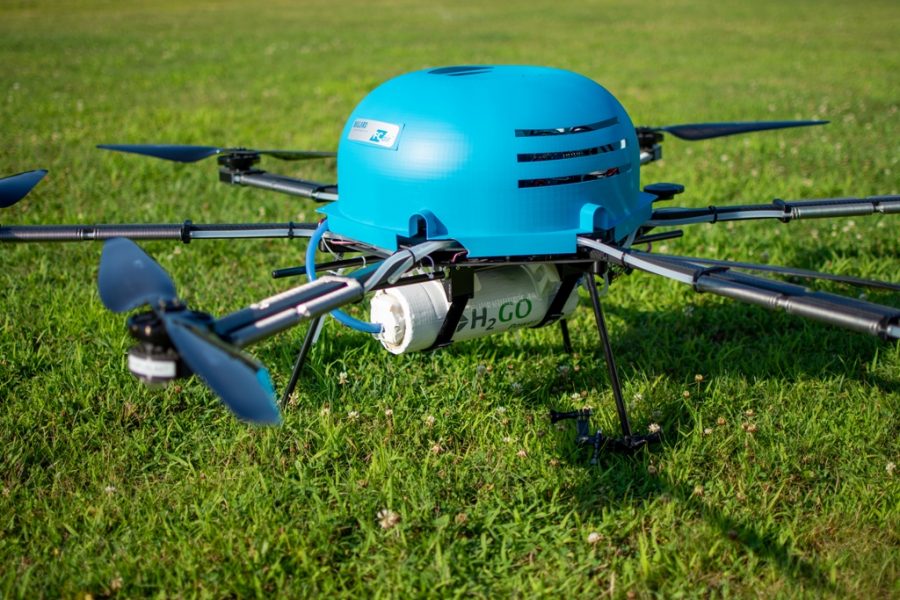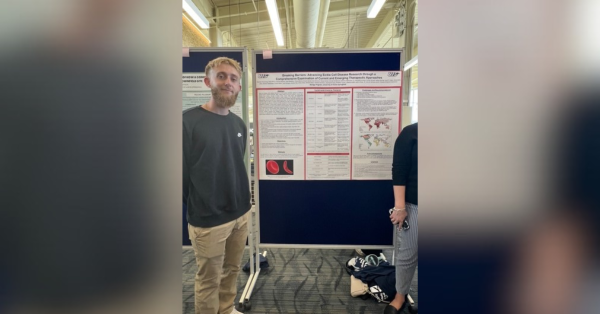Hate to Drone On, But…
Although the buzz about advancements in drone technology has seemed to fade as of late, progress is continually being made on the global forefront. Clean energy, flight optimization, police utility, and both medication and product delivery are just some of the projects taken on by companies seeking to revolutionize this relatively new field.
Utilization of hydrogen fuel sources has been shown in numerous test runs to maximize flight times and reduce the carbon footprint left by unmanned aerial vehicles (UAVs). According to a spokesperson from the “clean tech” British company H2GO, lithium-ion battery implementation only allows the drone flight for less than half an hour, which can be upgraded to almost an hour and a half with the use of hydrogen fuel. Longer flight times -such as a record-breaking 12 hours -have been made possible with the use of liquid hydrogen, lightweight gas cylinders, and drones made of lighter material.
3D printed UAVs may not sound revolutionary to some, but a handful of firms are looking to this method of acquiring source material as a formidable solution to the problem of heavy drones. 3D printed metal can be fifteen percent lighter and less spacious than its counterparts. H2GO was presumed to be the first company to successfully fly a 3D printed UAV powered by hydrogen fuel, launching its first test flight in August of this year.
One of the more commonly known ways that drones are branching out involves the prospect of item deliveries. UPS, CVS, and Walgreens are all in the process of their own drone delivery projects. Light shipments and medications may be delivered straight to a customer’s front or back door, which can be carried out in the time it takes to navigate the website.
Arguably the most important application of drone technology lies with police searches. Earlier this month, Chinese law enforcement were finally able to track down a human trafficker they had been looking for seventeen years, utilizing a search team in the mountains paired with a police drone. A more common type of drone search can be carried out on missing persons, as well. On October 16, Minnesota law enforcement used a heat-seeking drone to find a missing child.
The implications of these accomplishments are undeniable. It is seeming more and more like UAVs can be used as versatile solutions to nuanced problems. Despite criticisms involving their usage, progress in the field of drone technology is imminent.
















